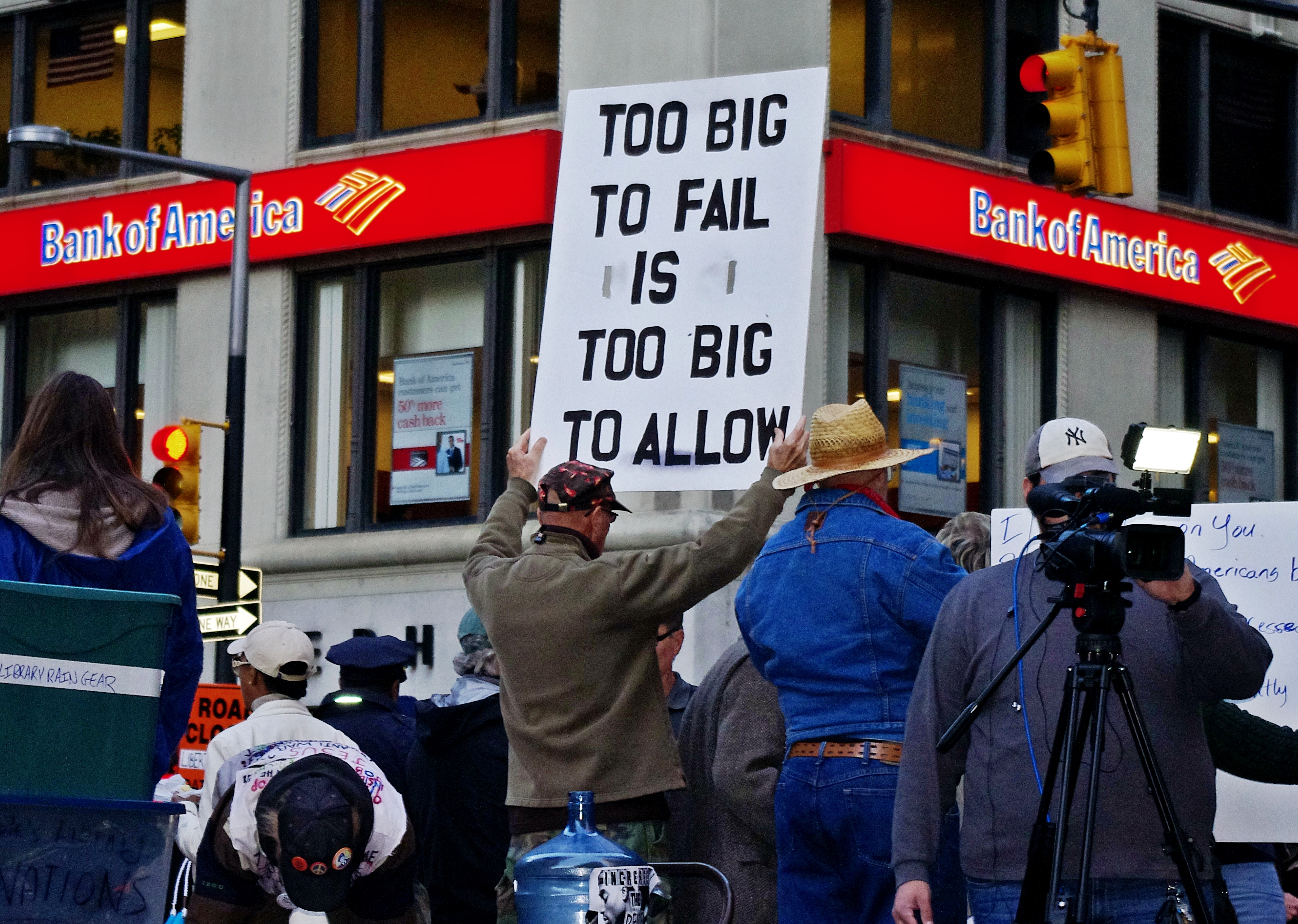We have made progress but not enough to forestall crises
What should we learn from events earlier this year at Silicon Valley Bank, Signature Bank, First Republic, and Credit Suisse? Do the “bailout” actions taken by the US and Swiss authorities indicate that Too Big to Fail is still with us? Have we made no progress at all since the collapse of Lehman Brothers? Are we primed for another big financial crisis?
TBTF is still with us, for the simple reason that it never went anywhere. In 2008, Lehman had total liabilities of around $650bn; Bear Stearns was a bit smaller. In 2023, Credit Suisse’s balance sheet was about $800bn and shrinking fast. SVB was around $250bn. Oh, and Long-Term Capital Management owed about $120bn in 1997.
Currently, JP Morgan is close to $4trn and UBS is around $2trn. Could either of them fail, in the sense that creditors would face losses? Don’t be ridiculous.
TBTF is not at its heart about law and regulation. It’s about game theory. Specifically, imagine this scenario. You are in the Oval Office. The Treasury Secretary says: this bank is about to fail. The Chairman of the Federal Reserve adds: if we let them fail, the result will be massive damage to our economy, with millions losing their jobs, and the knock-on negative effects on the rest of the world will be enormous. The president turns to you and asks: well, should we let them go bankrupt?
Unless and until you can answer affirmatively, with complete confidence and better data than have top officials, there are TBTF banks. The threshold for receiving some form of government support for otherwise uninsured depositors might depend on the day or how the world economy is doing, but on present evidence it appears to be around $100 billion.
This does not, however, mean we have made no progress since 2008. Sure, the biggest banks got bigger, “living wills” are purely performative for megabanks, and resolution planning was thrown out of the window in the US and Europe when the mini-crises of 2023 hit. But the big banks have lost their aura of cleverness.
Consequently, shareholders and management cannot expect the support that they received in the fall of 2008. Creditors, however, can generally expect a lot of protection. (The Swiss elected to wipe out convertible bond holders but not equity. But that seems to have been some quirk of Swiss foreign relations, vis-a-vis who owned the stock.)
Before 2008, to propose regulation was to be regarded by the establishment as a Luddite who did not understand the deep smarts of modern finance. Today the Bank Policy Institute is embarked on a major campaign to lower capital requirements – and this involves a full-frontal attack on the Federal Reserve. The BPI is antagonizing senior Fed officials, making it very unlikely for the bank lobby to win while damaging the reputations of all sensible bank executives. Remember the excessive lobbying of the tobacco industry and where that ended up for all involved?
Will there be another big crisis? The answer depends on capital, a concept that is much misunderstood or mis-explained, even in the specialist press. It would be better to use the word equity, because the key concept is how much equity banks are allowed to fund themselves with, relative to debt.
Higher debt to equity means, when things go well, a higher return on equity unadjusted for risk – and more compensation for executives. But when markets or the economy turn down, low levels of equity are quickly wiped out by losses and insolvency looms.
Equity levels were very low in 2008 - a few percentage points for some big banks. Now equity requirements are higher, although they should be raised further for the TBTF crowd.
We have made progress. Sure, not enough to forestall crises. But the political power of the big banks has been broken and their confrontational tactics are unlikely to prevail any time soon. This particular form of state capture is over.
Simon Johnson is the co-author of Power and Progress: Our Thousand Year Struggle Over Technology and Prosperity. He was previously chief economist at the International Monetary Fund, and he is currently the Kurtz Professor of Entrepreneurship at MIT’s Sloan School of Management.




